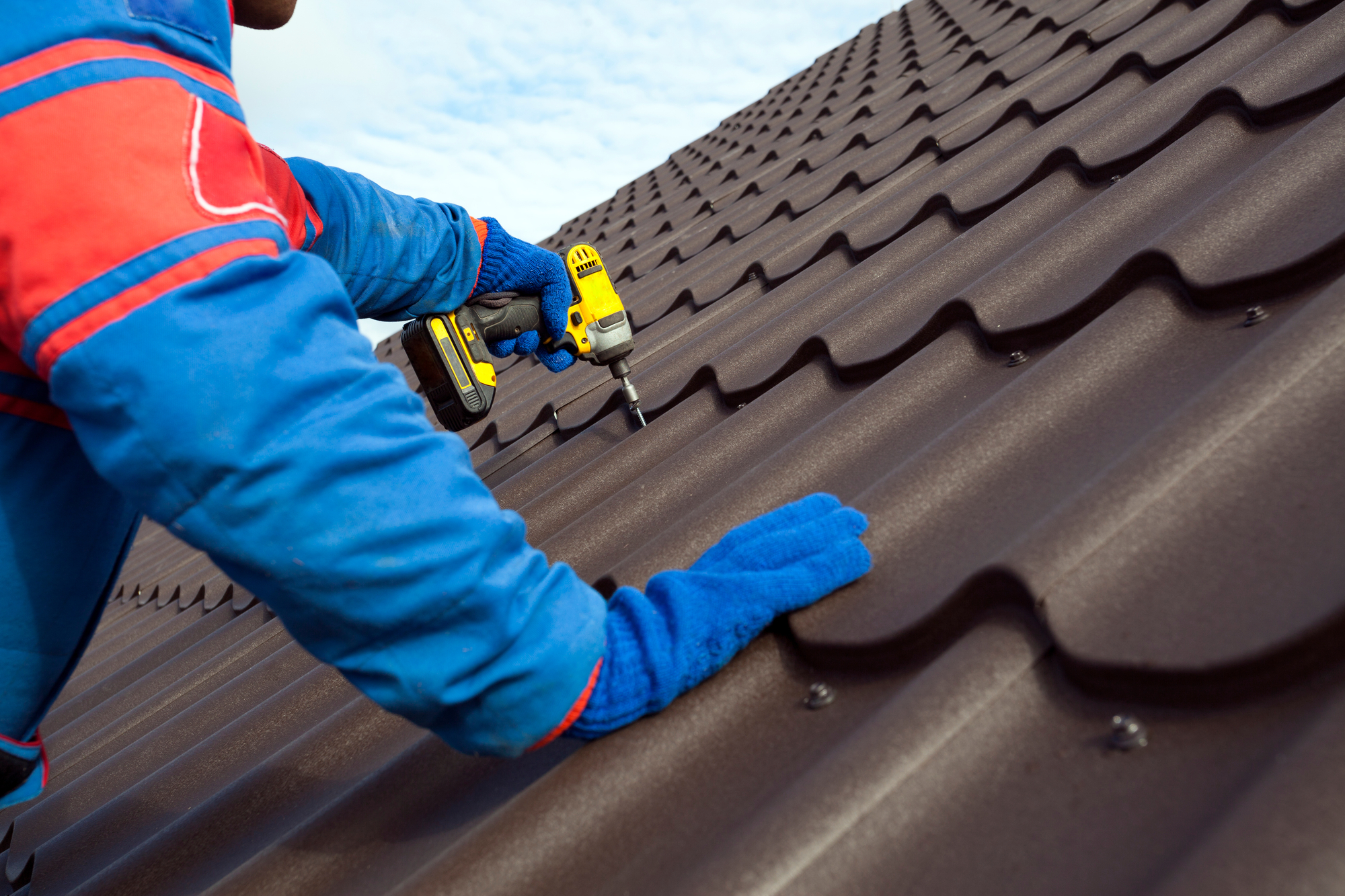
The integrity and comfort of your home are significantly influenced by the ventilation system you choose. Roof vents expel hot attic air, draw in cool air, and regulate temperature and moisture effectively. This not only ensures a more comfortable living environment but also safeguards your home against the perils of condensation-related issues such as mold, wood rot, and compromised insulation. Choosing the right triple t roof vent from many options demands a detailed understanding of each type’s benefits for your home.
Maximizing Airflow with Ridge Vents
Ridge vents blend perfectly with the roofline, favored for their discreet profile and efficient whole-attic ventilation. These vents are installed along the apex of the roof, creating a narrow and continuous air exhaust channel. Ridge vents ensure even attic air expulsion, preventing hot spots, uneven temperatures, and moisture buildup effectively.
Installing ridge vents requires careful cutting along the roof’s peak to optimize airflow without compromising structural integrity. When paired with complementary intake vents, such as soffit vents, ridge vents can facilitate an efficient and natural air exchange system. Ridge vents utilize rising hot air to draw cool air in, creating a consistent, energy-efficient attic airflow.
The Role of Static Vents in Home Ventilation
Static vents, commonly referred to as box vents, offer a more compartmentalized approach to attic ventilation. Strategically placed near the roof’s ridge, these discrete, standalone vents optimize their utility. Unlike ridge vents that provide a continuous ventilation strip, installers place static vents at intervals and must plan carefully to ensure adequate attic coverage.
Each static vent operates independently, creating localized areas of air exhaust. To achieve a balanced ventilation system, it is crucial to install an appropriate number of static vents, considering factors such as attic size and the overall ventilation needs of the home. Static vents offer ease of installation and adaptability, making them a practical choice for retrofitting existing roofs.
Soffit Vents: The Indispensable Intake Component
Soffit vents play a pivotal role in the ventilation equation, serving as the primary intake vents in most residential roofing systems. Positioned in the eaves or soffits of your home, these vents allow cool, fresh air to enter the attic space at its lowest point. This influx of air is essential for driving the natural convective flow that ridge and static vents rely on to expel hot air.
The effectiveness of soffit vents is contingent upon their unobstructed operation and strategic placement. You must distribute them evenly along the soffit to ensure consistent air intake, and they are often designed with baffles to prevent insulation from blocking the airflow. When harmoniously paired with ridge or static vents, soffit vents can significantly enhance the overall efficiency of your home’s ventilation system, contributing to a cooler attic and a more comfortable living environment.
Turbine Vents: Harnessing Wind Power for Attic Ventilation
Turbine vents, or whirlybirds, use wind to efficiently ventilate attics by extracting hot air. These vents consist of a spinning turbine that is activated by even the slightest breeze. As the turbine rotates, it creates a vacuum that pulls hot, stale air from the attic, allowing cooler air from soffit vents to replace it.
The performance of turbine vents is directly related to local wind conditions; they are most effective in regions where wind is a consistent presence. However, even without wind, the natural convection of hot air rising can cause the turbines to spin, albeit at a slower rate. Turbine vents are particularly beneficial for homes that require robust ventilation solutions due to high heat loads or limited ridge line availability.
Electronic and Solar-Powered Vents: Technological Solutions for Enhanced Ventilation
In the realm of roof ventilation, technological advancements have paved the way for electronic and solar-powered vents. Motorized vents, powered by electricity or solar, provide consistent attic exhaust, independent of wind conditions for optimal ventilation.
Electronic and solar-powered vents are particularly advantageous in climates with minimal wind or in structures where passive ventilation systems are insufficient. You can program them to activate based on temperature thresholds, ensuring that your attic maintains a consistent and optimal temperature. While these systems may involve a higher upfront investment, their potential energy savings and effectiveness in maintaining an ideal attic environment can make them a worthwhile consideration for the modern homeowner.
Conclusion
You should base your decision on the right type of roof vent for your home on your specific architectural design, local climate, and personal preferences. Whether you opt for the natural efficiency of ridge and soffit vents, the targeted performance of static vents, the dynamic operation of turbine vents, or the technological prowess of electronic and solar-powered solutions, ensuring proper attic ventilation is paramount for the health and comfort of your living space.

